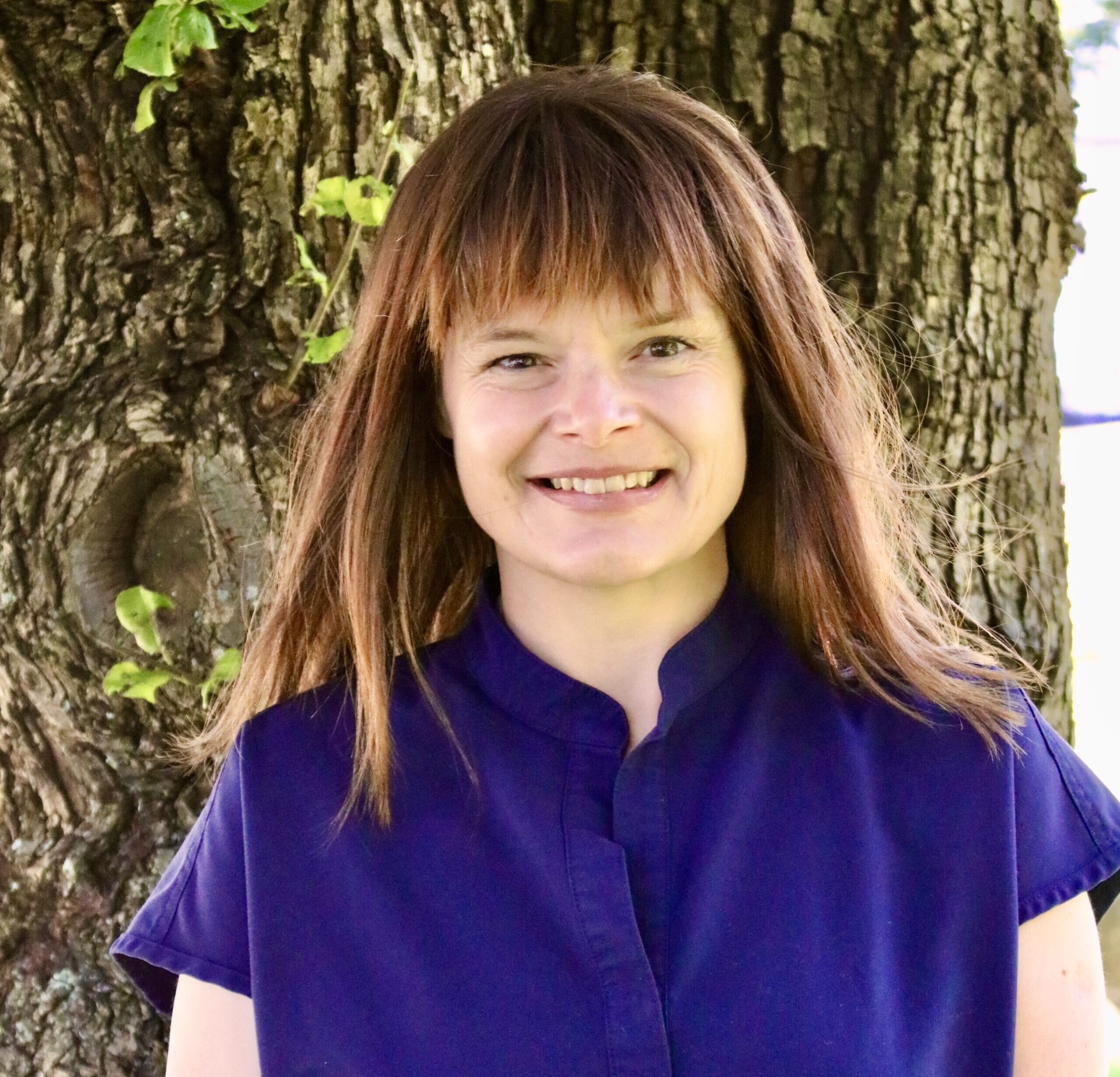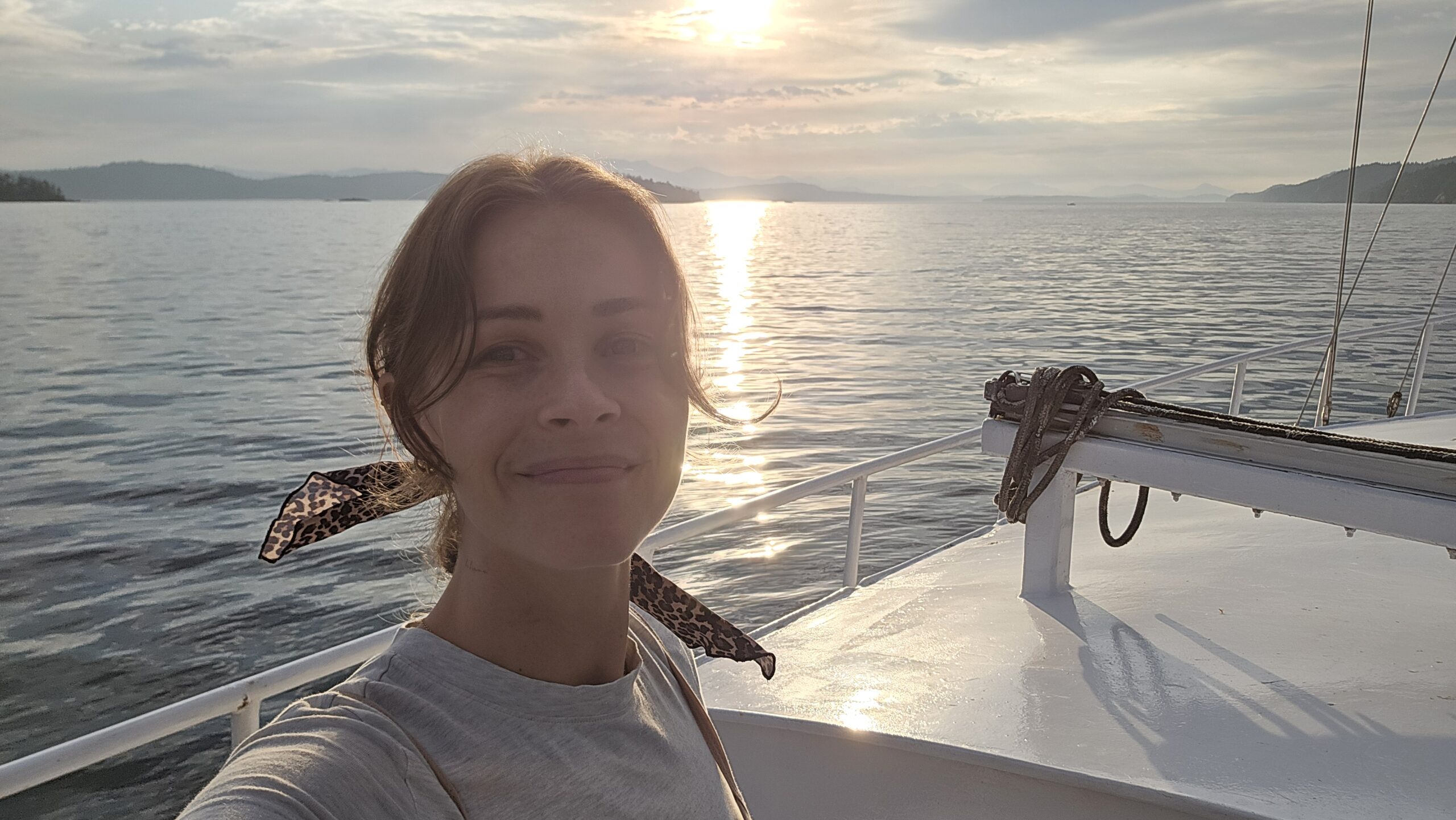Low dose electricity, applied to the body, is nothing new. Already, at Acacia, we may add electrical stimulation to acupuncture needles during treatment. And physiotherapists often use TENS devices to treat pain, or interferential devices to treat various injuries.
In the far distant medical past, there were attempts to apply electricity to the brain. These experiments lead to the fantastical idea that you could bring someone back to life with very large doses of electricity, thanks to the imagination of Mary Shelley. Not much came of these experiments until the advent of Electroconvulsive Therapy (ECT), which sparked controversy and an entire anti-psychiatry movement.
Transcranial Direct Current Stimulation, unlike ECT, is the application of very low doses of electricity to the head and through the brain. Whereas ECT causes convulsions and seizures through the wholesale ‘depolarization’ of neurons in the brain, tDCS applies current at such a low level that there are no muscle twitches, in fact there is no neuron firing at all. Instead, it appears to make it either easier, or harder (depending on how you apply the current, that is where it enters and leaves the brain) for neurons to depolarize (send a message to another neuron).
The benefits of this therapy are just beginning to be understood in areas like MS, epilepsy, Parkinson’s Disease, Alzheimer’s Dementia, Brain Injury, and Stroke recovery. There are promising trials going on for Fibromyalgia, Complex regional pain syndrome, and Ghost Limb pain in amputees, as treatment appears to be beneficial for neuropathic pain. Health Canada just recently approved this therapy for the treatment of Fibromyalgia. In double blinded and placebo controlled trials, tDCS was as effective as sertraline (a SSRI antidepressant) for the treatment of depression, and when combined, the effect was better than either alone. The most impressive and extensive research on this therapy is in the treatment of depression, which is why we will focus on depression treatment initially.
What is perhaps even more interesting, is that people in trials gained additional benefits beyond mood improvements. They reported improved cognition, less pain (in patients with neuropathic pain), and improved psychomotor speed (i.e. being able to coordinate thinking fast with doing something fast like driving a car). Side effects are minimal. The most common reported were tingling and itching at the electrode site, and headaches during the treatments (but NOT after). By comparison, traditional antidepressants come with many side effects including weight changes, loss of sex drive, constipation, dry mouth, and sleep disturbances to name a few.
So far, the mechanisms of action for this treatment are just beginning to be understood, but there are some known things that make me, as a Naturopathic Physician, very excited. Drug studies that block or enhance certain pathways in the brain have found that tDCS affects multiple neurotransmitter networks simultaneously. This is a generalized effect, and it is something that is thought to be protective against side effects, and something we see in St John’s Wort, SAMe, and other herbs and nutrients used in depression. Functional MRI studies show evidence for improved neuroplasticity, which is the capacity of the brain to change and repair after injury. This means that it induces natural self repair and recovery mechanisms and a ND, I strive to work with, and support, the self-healing capacity of the body. As well, there are notable changes in blood flow dynamics in the brain, with dramatic increases of flow to ‘treatment’ areas – which would bring more nutrition and remove more waste from that area.
Treatment for depression starts out with daily treatments, 5 days a week, 30 minutes per session, for 2-3 weeks. After this the frequency of treatment steeply declines, until people are receiving one treatment per month or returning for treatments only when symptoms return. A typical treatment course is 6 – 12 months depending on severity of depression, with the bulk of the treatment occurring in the first month. We expect the cost to be similar to an antidepressant medication taken for the same amount of time, with most of the cost occurring in the first 2- 3 weeks. After that initial investment, the patient may need to return only once a month, or a bit more or less, to maintain the change – making the long term treatment an inexpensive option, with no daily pills, and none of the antidepressant side effects.
If you are interested, or know someone who may be, we are starting a waiting list for patients interested in this treatment. We will be working on how to deliver this treatment effectively in our clinic, and we expect hiccups in the first few months, and so we will begin providing this treatment at a reduced rate until we have the process smoothed out. The initial 2-3 weeks of 5 day a week treatment is a decent commitment and must be planned well by both the client and the clinic. Patients who are new to Acacia will need to do a 90 minute initial visit with one of our NDs.




